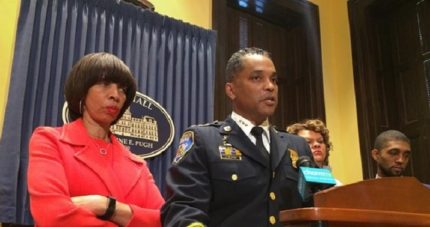The plight of Native Americans jumped onto the national stage this week when President Obama made his first visit to Indian Country yesterday and told a crowd at the Standing Rock Sioux Tribal Nation in Cannon Ball, North Dakota, that the U.S. could do more to help them.
It was the first time a U.S. president had visited what is known as “Indian Country” since Bill Clinton in 1999.
“Let’s put our minds together to build more economic opportunity in Indian Country. Because every American, including every Native American deserves a chance to work hard and get ahead,” Obama said.
“We can follow the lead of Standing Rock’s most famous resident, Chief Sitting Bull. He said, ‘Let’s put our minds together to see what we can build for our children,’” Obama said, referring to the Sioux chief who defeated Gen. George Custer at the 1876 Battle of the Little Bighorn.
While the president highlighted progress in areas such as creating jobs, strengthening justice, and improving health and education during his administration, there were some Native Americans who told Al Jazeera America they were disappointed that his visit failed to contain more substance.
Tribal leaders also used the opportunity to tell the president about their vociferous opposition to the Keystone XL pipeline that would run through their land, saying it would amount to a treaty violation. The controversial 1,661-mile pipeline, which would carry tar sands oil from Alberta province in Canada down to refineries along the Gulf Coast, has still not been approved by the president. In April, Obama pushed the decision further back after a legal dispute emerged over how the route was approved in Nebraska.
In a statement, Bryan Brewer, president of the Oglala Sioux Tribe, called the pipeline “a death warrant for our people,” and that it would violate treaty rights. Critics have pointed to possible oil spills and the likelihood of the pipeline raising carbon emissions that are linked to climate change.
“We don’t want that pipeline running through our lands, we want protection of the water, of our health, we want protection of our homeland,” Standing Rock Sioux Tribal Council Representative Avis Little Eagle said.
The president talked about initiatives to spur tribal development and create new markets for Native American products and services.
“You don’t have to give up your culture to also be part of the American family,” Obama said.
The president and first lady also visited a school on the reservation where they met with young tribal members. Obama was just the third sitting president to come into Indian Country in almost 80 years.


